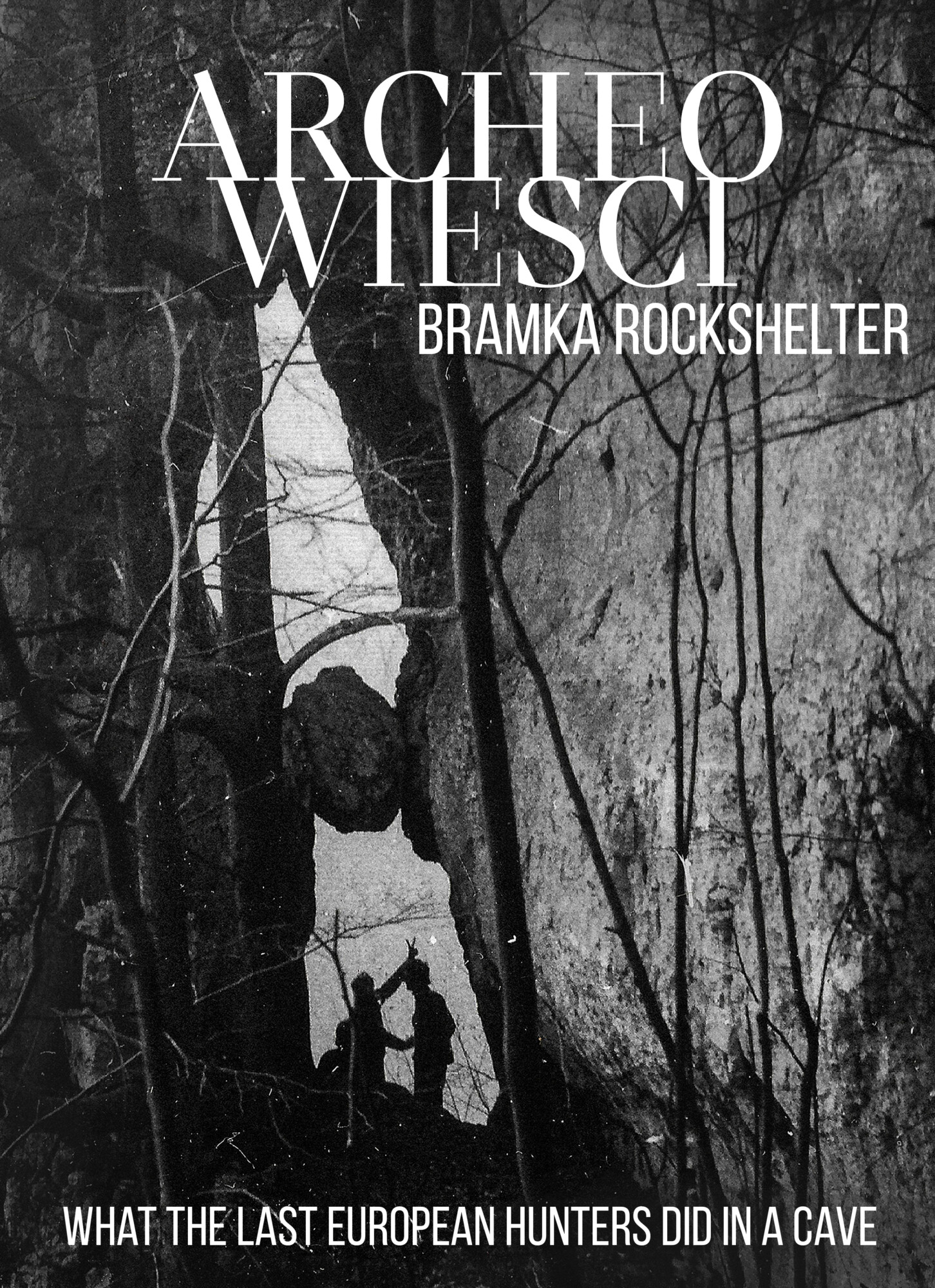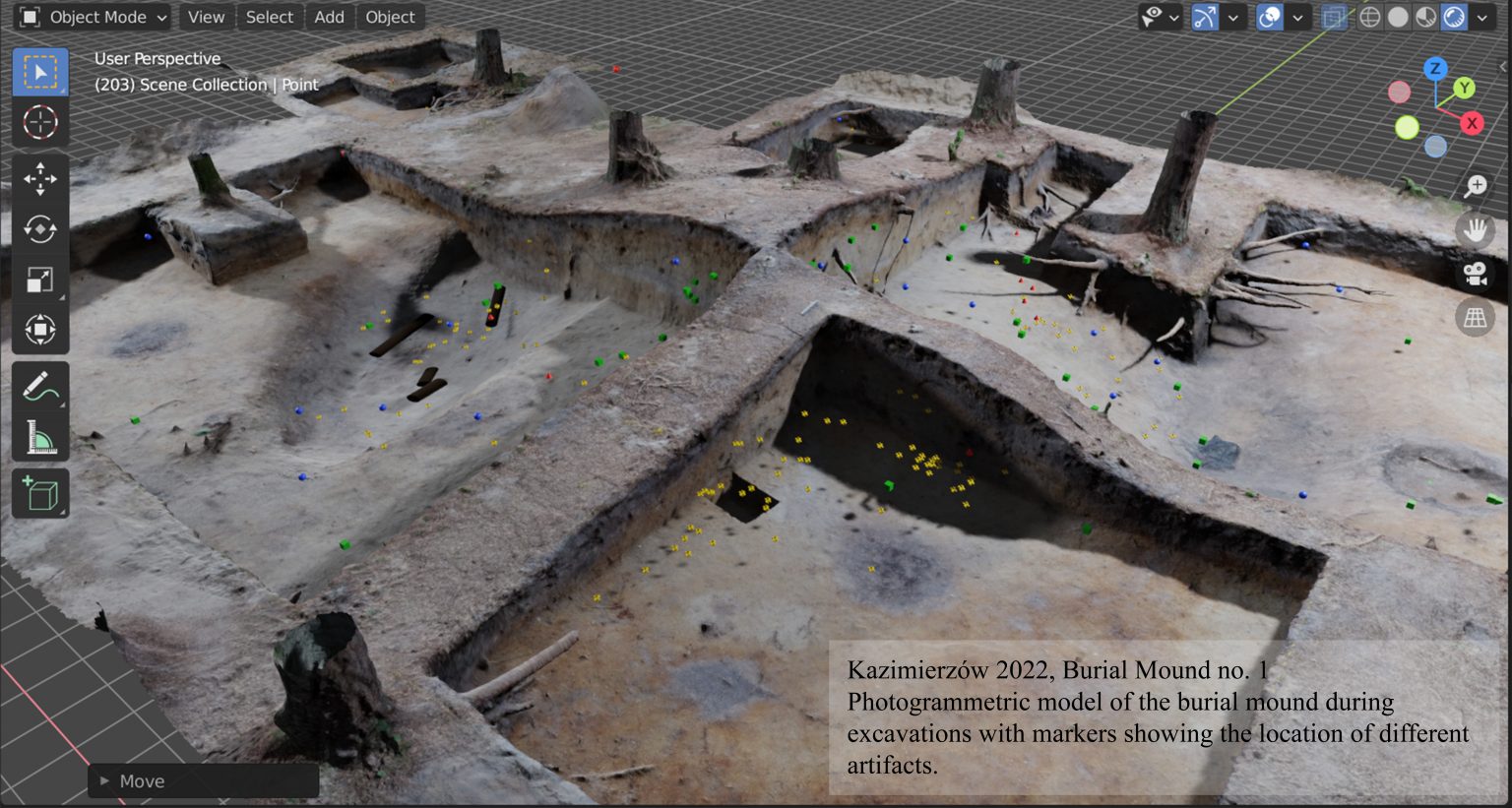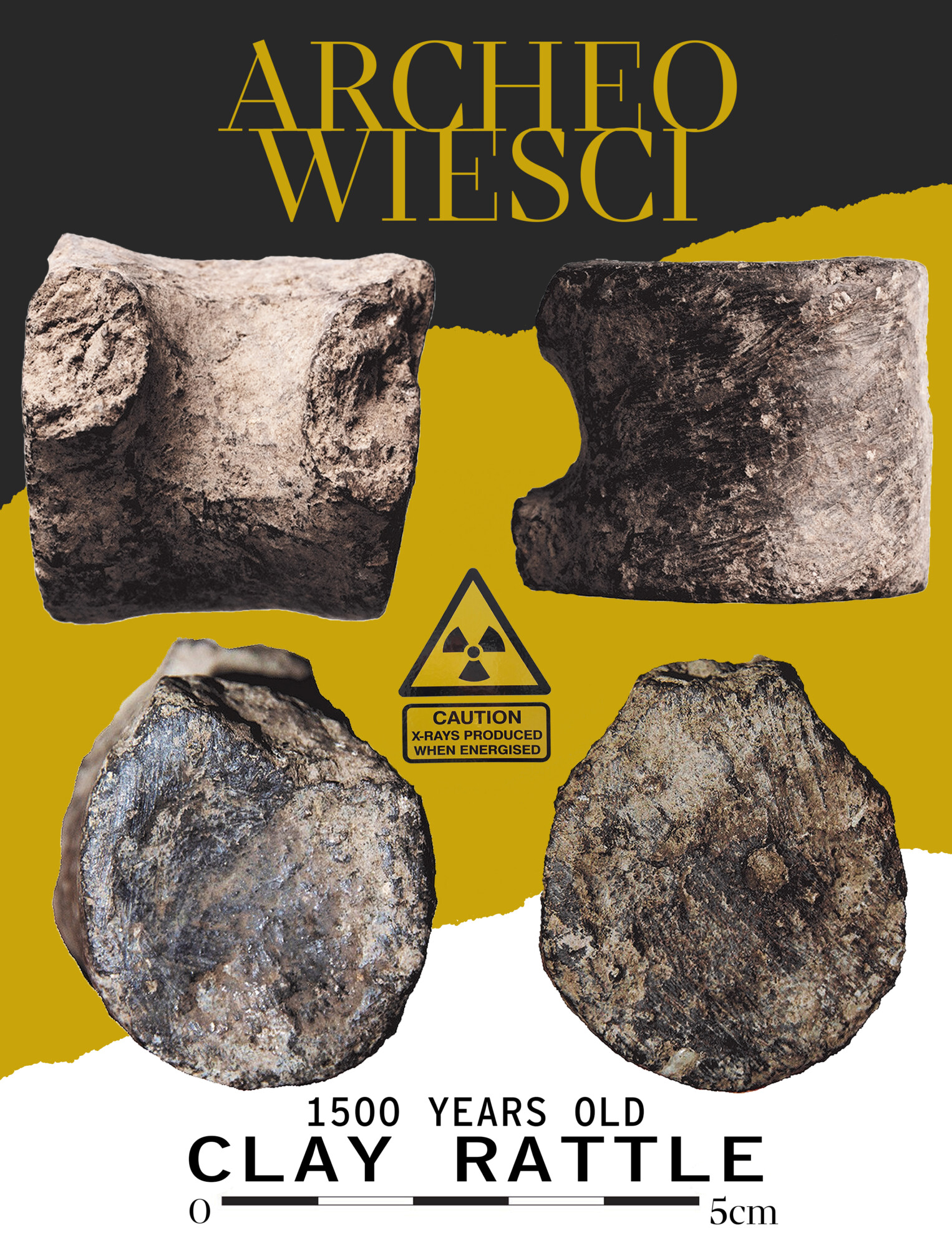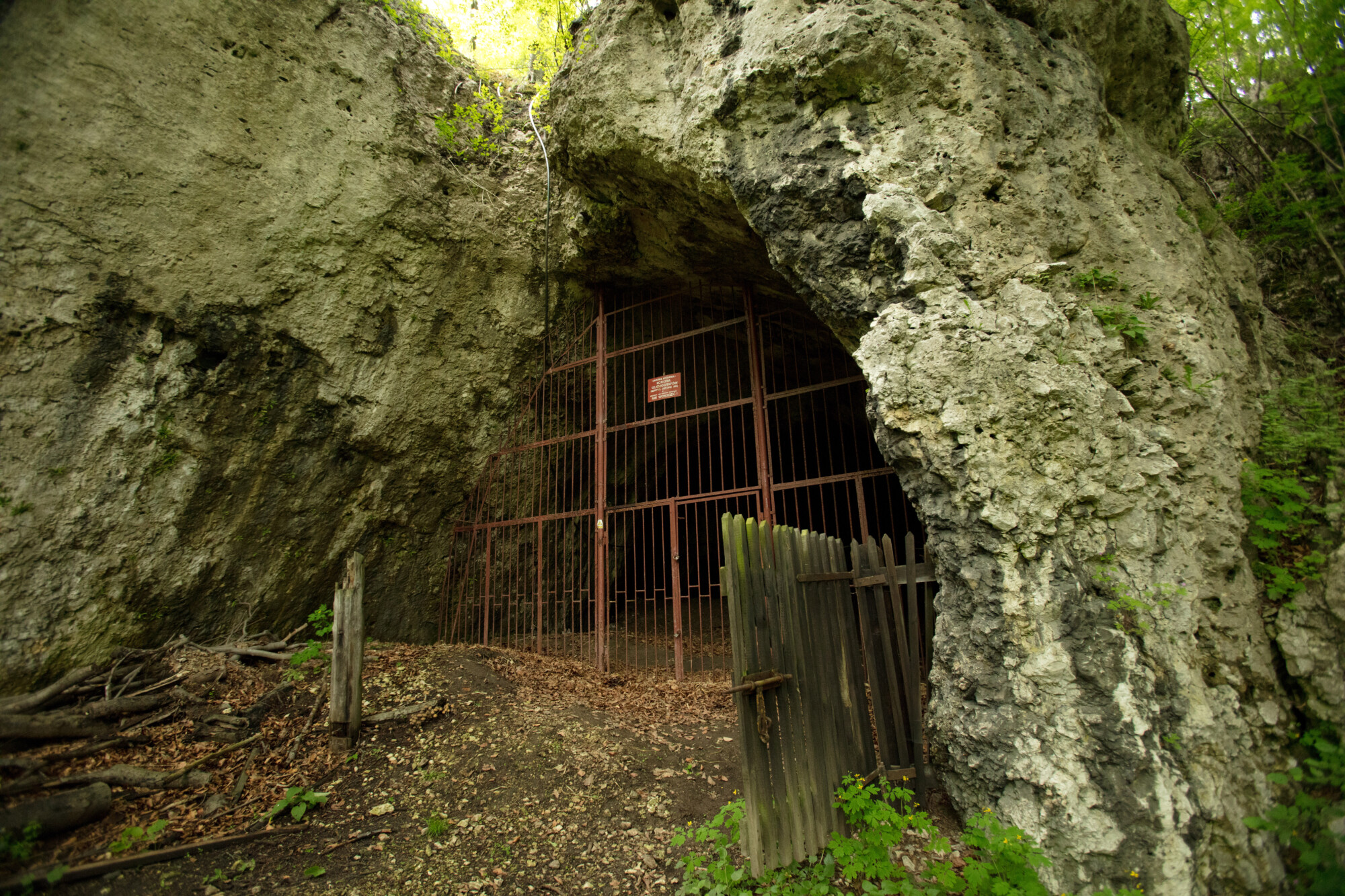The most recent volume of Bioarchaeology of the Near East contains three regular papers. Grigoria Ioannou and Kirsi O. Lorenz present a systematic review of the history and current state of research on bioarchaeology in Cyprus. Yossi Nagar and colleagues discuss the discovery of a disarticulated male skeleton found in a cave in the Judean desert and dated to the Early Chalcolithic. Finally, Stephen Haines and colleagues present two cases of concha bullosa, a relatively rare non-metric trait occurring in the nasal conchae and identified in two females from 20th-century Cyprus.

Continue reading “Bioarchaeology of the Near East: volume 16 is now available online”









